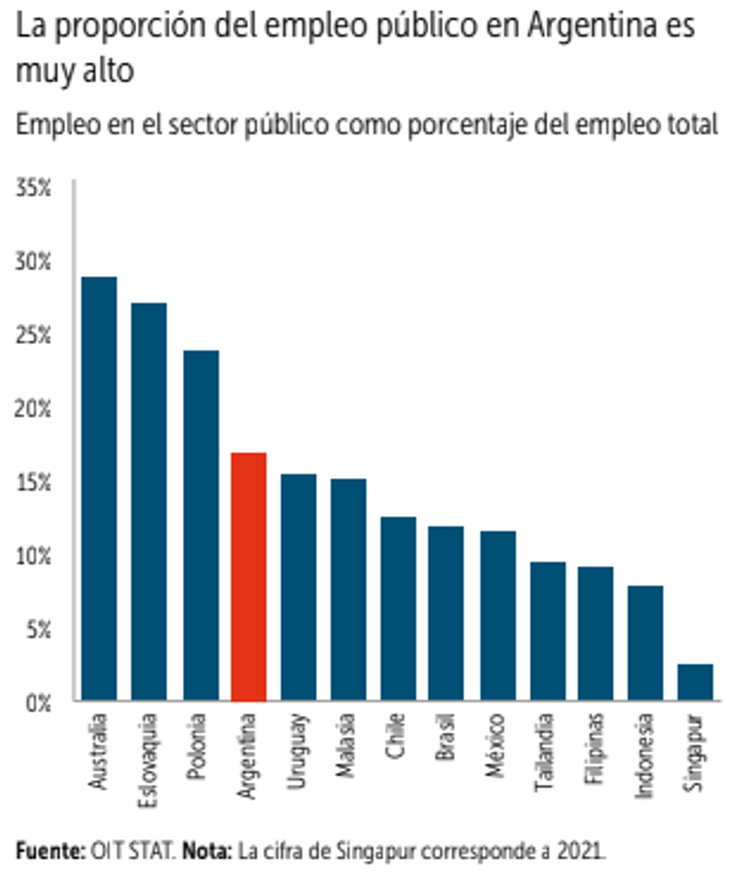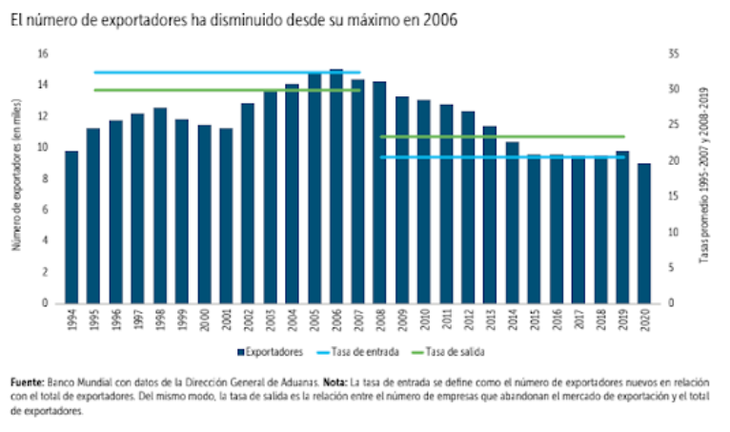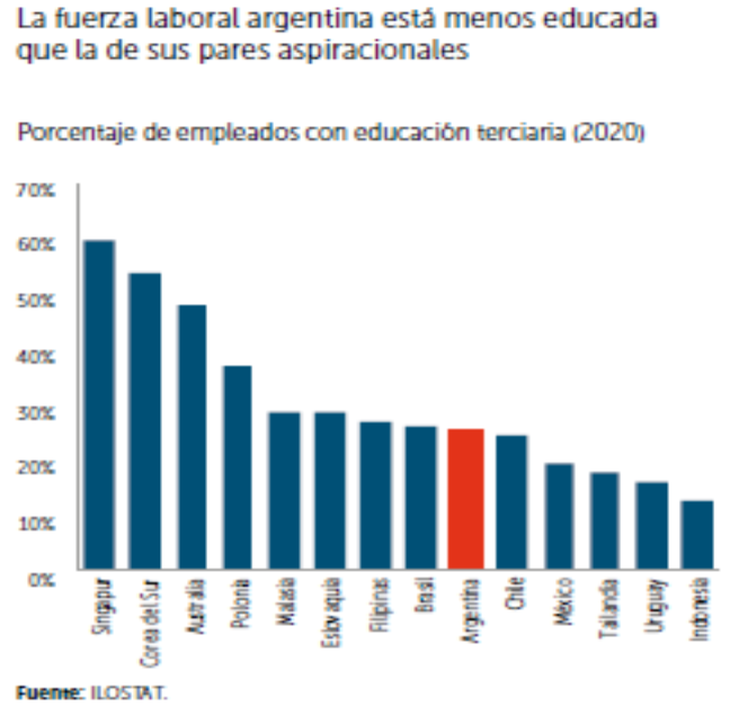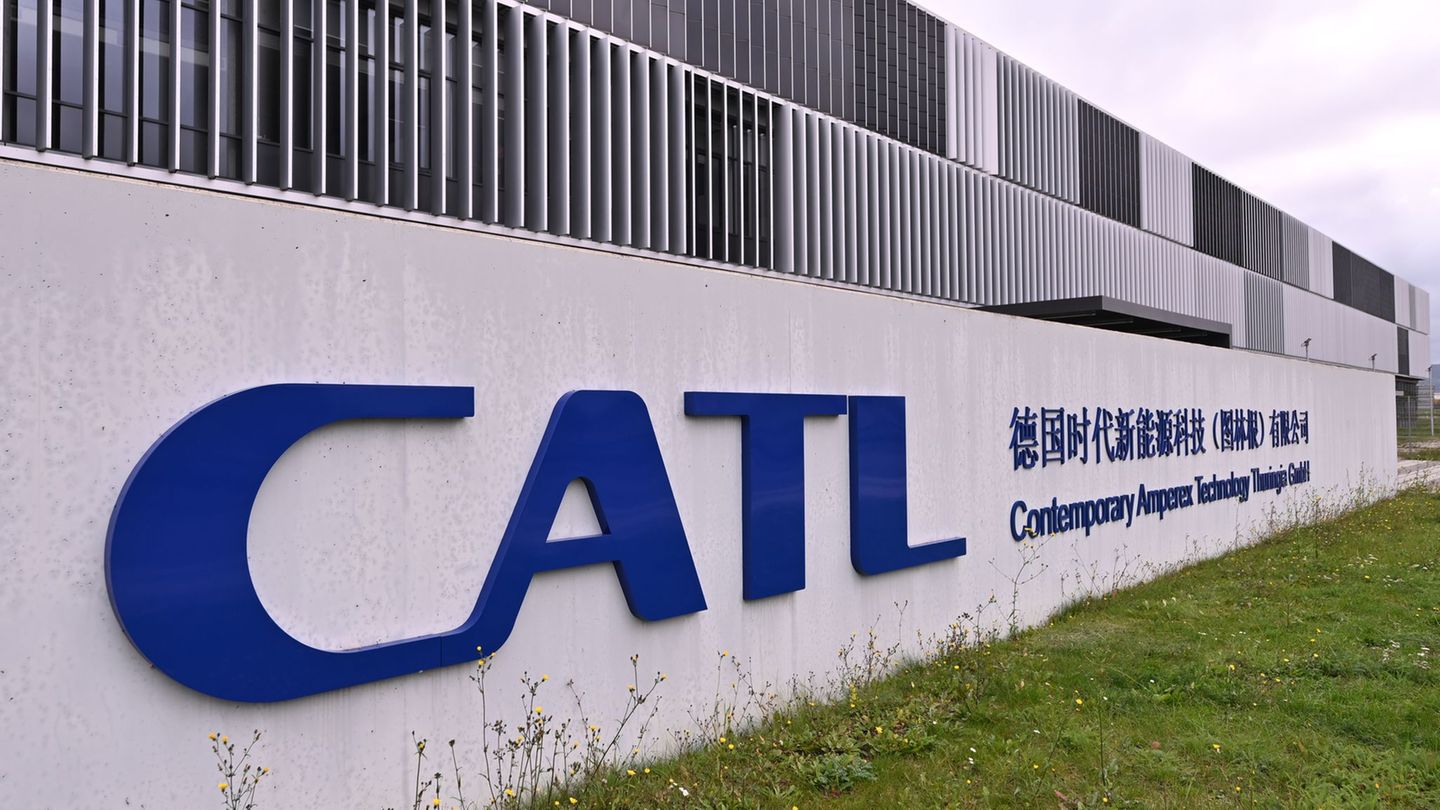If Argentina had grown at the same rate as the rest of Latin America during the last 50 years, its gross domestic product (GDP) per capita would be 60% higher todayreveals a World Bank report that analyzes the dynamics of economic growth and proposes priority areas to begin a path of sustained, inclusive and sustainable growth in the medium term.
“Over the last half century, Argentina’s average annual GDP growth rate was only 1.8%, well below the regional average of 3.2%.due to a “persistent economic instability together with economic policies that have hindered development” said Daniel Reyessenior economist at the World Bank and author of the report.
The report indicates that after a good moment of economic growth between 2003-2007, Argentina “wasted” the time to improve fiscal policy and introduce structural reforms that increase productivity, diversify exports and promote competitiveness. As of 2010, the economy was characterized by an average growth of 1.3% annually, with seven years of GDP contraction. Today, Argentina has a GDP per capita similar to that of 2007.
graph 1.png
The decrease in GDP per capita in Argentina.
Barriers
The report “Relaunching the foundations for sustainable and inclusive economic growth in the Argentine Republic” identifies three key barriers to increasing growth in Argentina:
- The high fiscal pro-cyclicality and high uncertainty around the direction of economic policies contribute to very pronounced economic cycles.
- Restrictive trade policies They prevent Argentina from taking advantage of its enormous comparative advantages to increase its participation in international trade.
- Human capital, one of Argentina’s greatest assets, is gradually decreasing in quality and could quickly fall behind the demands of a dynamic, technology-driven and knowledge-intensive global economy.
At the level of policy recommendations, the report proposes “three strategic areas so that the Argentine economy can face its challenges and embark on a path of lasting and sustainable growth.”
One refers to the need to “reduce to fiscal pro-cyclicality to alleviate macroeconomic volatility and encourage investment, a key driver of long-term growth.”
Specifies that Since 1950, Argentina has spent 26 years in recession, making it the country with the most economic recessions in the world, followed by Congo, Chad, Ukraine and Venezuela. On average, each recession (one or more consecutive years of negative growth) lasted 1.6 years and meant a drop in GDP of 4% annually. And he adds that the repeated macroeconomic crises impact the most vulnerable by reducing their income, their standard of living and the quality of public services.
“Reformulate the pension indexation calculation to better protect the real value of benefits against unexpected changes in inflation, strengthen automatic stabilizers such as personal income tax or introduce robust fiscal rules “They are effective counter-cyclical tools.” held Julian FolgarWorld Bank economist and co-author of the report.
The work highlights that economic volatility (usually exacerbated by fiscal pro-cyclicality) discourages long-term investment, a key driver of economic growth. Realize that, Despite its abundant natural resources, Argentina has the seventh lowest investment rate in Latin America (20% of GDP in 2021) and one of the lowest Foreign Direct Investment rates (1.4% in 2021).
Chart 2.png

The evolution of public employment in Argentina.
Loss of competitiveness
The World Bank states that Argentina’s competitiveness in world markets has decreased. The weight of international trade as a percentage of GDP went from 42% in 2002 to 34% in 2022. The number of exporters decreased by around 30% during this time.
“To facilitate export trade, Argentina can improve access to credit, strengthen the agency for export promotion and attraction of Foreign Direct Investment, limit non-tariff barriers to a minimum and accelerate reforms to improve logistics and customs services,” he said. Kings.
The decline in external competitiveness is attributed to:
- high commercial costs. The average tariff that Argentina imposes on countries that are not part of Mercosur is 13.4%, compared to the tariffs of the Pacific Alliance countries, which are, on average, 5.3%.
- capital and import controls that affect trade,
- few and simple preferential trade agreements that limit regional integration and
- cumbersome and slow commercial processing procedures at the border, increasing the costs of international trade.
Chart 3.png

Human capital
According to the multilateral organization, “Argentina’s human capital is the most important component of its national wealth”but warns that the Indicators in this matter they have been getting worse. Considers that, although access to education has increased in recent decades, Educational outcomes are deteriorating and Argentine students complete fewer years of schooling than their counterparts in similar countries.
In this regard, Reyes stated that “develop robust unemployment insurance or reorient active labor market programs toward employability and skills development “They can be innovative measures to improve the development of human capital and modernize labor markets.”.
The report shows how Argentina is an atypical case at a global level, having a clear intergenerational educational deterioration. Today 25% of adults between 55 and 64 years old have a college degree compared to only 19% of those between 25 and 34 years oldshowing a decreasing tendency to participate in tertiary education.
graph 4.png

Source: Ambito




